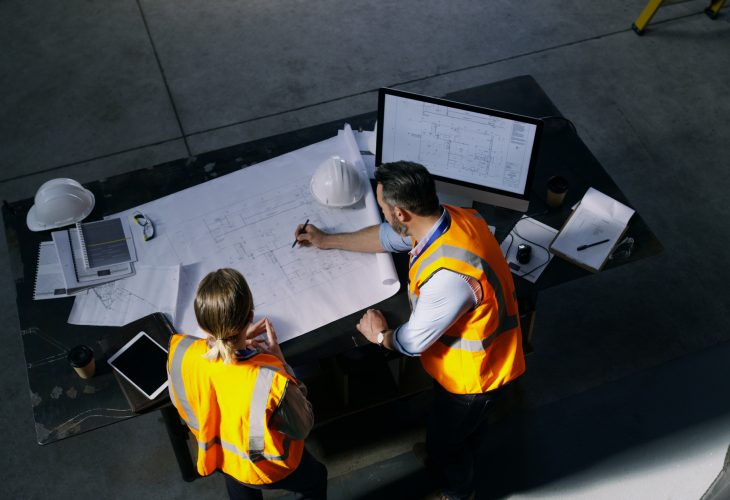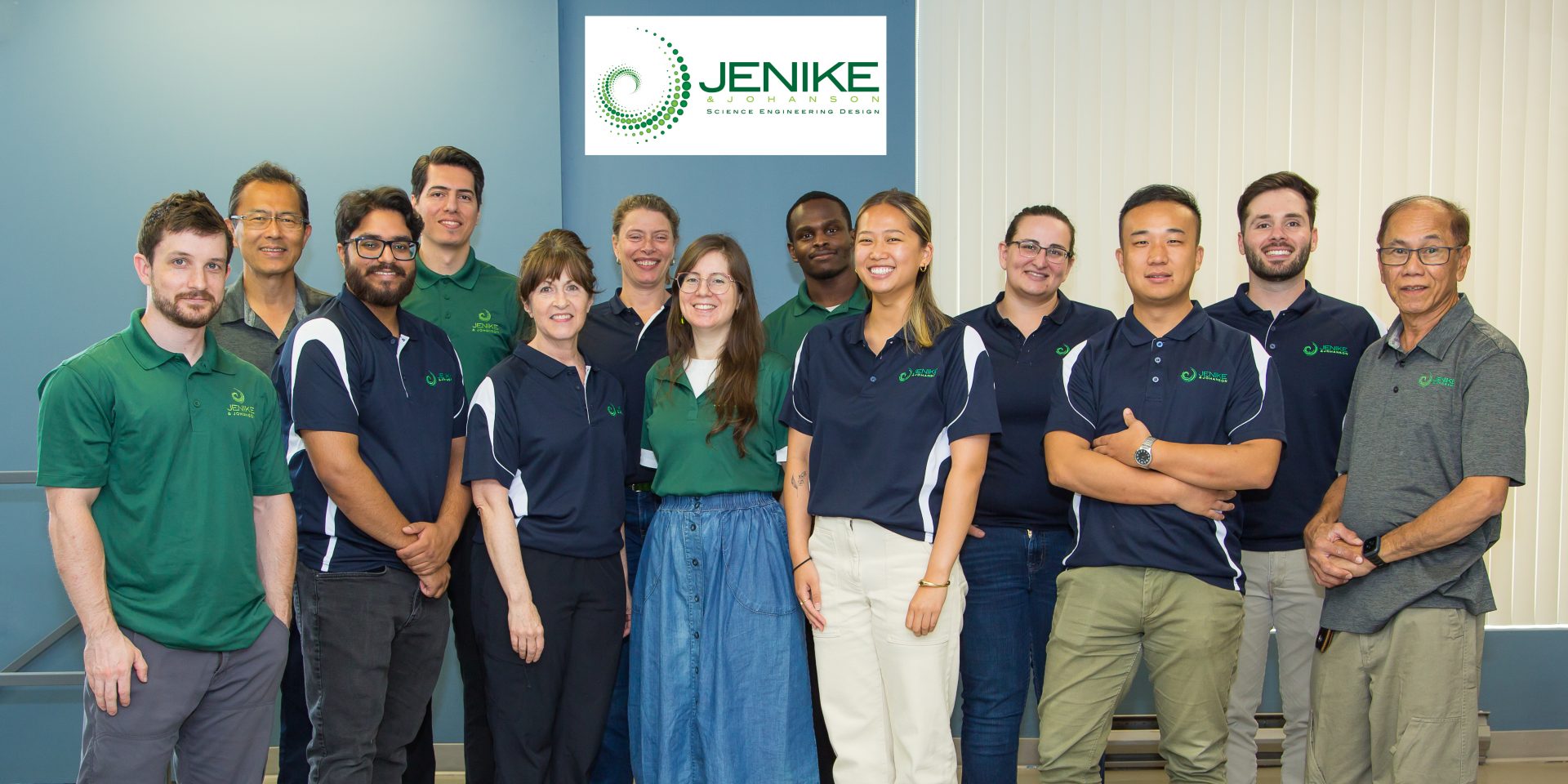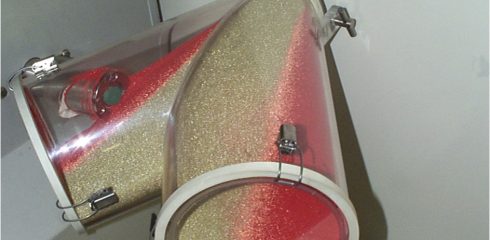
I love my job. Sometimes I feel like I’m on a reality TV show, one of those shows where a group of people open an envelope together, and it reads “ your challenge today is …..”.
In our San Luis Obispo lab, we model everything from the exotic to the mundane. While we have a few “standard” tests we run routinely, such as our pneumatic conveying testing and fluidization tests, even these often require special conditions or unusual equipment configurations.
Pneumatic conveying tests usually can be run in a typical set up using a pressure or vacuum system and a standard filter receiver, but sometimes they are more challenging and definitely more fun. I recall a job where we had to pneumatically convey chopped foam in an 8” duct (scaled down from our client’s much larger process). We needed to run tests so we could determine basic design parameters for conveying such as minimum conveying velocity, pressure drop and solids loading. Now, you might think that’s not such a challenge. But we needed to run for a sufficient time to get good stable data for feed rate and line pressure drop. Given the line size and corresponding foam mass rate for that 8” line, it turned out we needed to convey roughly 35 cubic feet of chopped foam, which had a bulk density of only about 3 lb/cu ft. And we needed that 35-cf capacity at both ends of the line. Our normal feed hopper has a capacity of about 10 cubic feet, as does our usual receiver. The plant systems were through-the-fan designs that used large radial blade fans to pull the foam into the line and blow it through the fan to the downstream receiver. We needed to figure out how to measure airflow in our test system that would use the same through-the-fan arrangement. We were sucking into and blowing from the fan, so the airstream was full of foam wherever we had ducting- that made it impossible to rely on a pitot tube, at least in the duct with the foam. So – how do we do that in a limited time and dollar budget, keep things safe, while still getting meaningful results?
Our air filtering/measuring solution was to A) make a simple cyclone from a 55 gallon drum, B) connect a large non-permeable bulk bag to the bottom of the cyclone to collect the foam, C) connect a large cloth filter bag to the cyclone top air outlet as a filter, D) make an enclosure of an even larger plastic bag around the filter bag and direct its exhaust though a duct, E) use a pitot tube in that final outlet duct to measure air flow. We also had to make a special hopper for one of our large belt feeders, re-gear the belt feeder (faster), and put the belt feeder on load cells to measure weight loss. We ended up running the foam about 15 times. After each run we would crane the receiver bulk bag back up over the feed hopper to recirculate material, so the above system had to be designed to disassemble and reassemble relatively easily. One of the biggest challenges in running the tests was the same problem that many of our clients face – obtaining reliable flow from the hopper, and getting that flow into the system in a reasonably uniform manner. The low-density, springy foam does not flow easily through a hopper, and the relatively small size of our test system made it even more of a challenge.
Jobs like this are always full of technical, schedule and budgetary challenges.. We did solve those flow problems and eventually got data that crystallized into plots providing insight – the payback “a-hah!” moment that helped our client solve their pneumatic conveying problem. That’s why I love my job!





